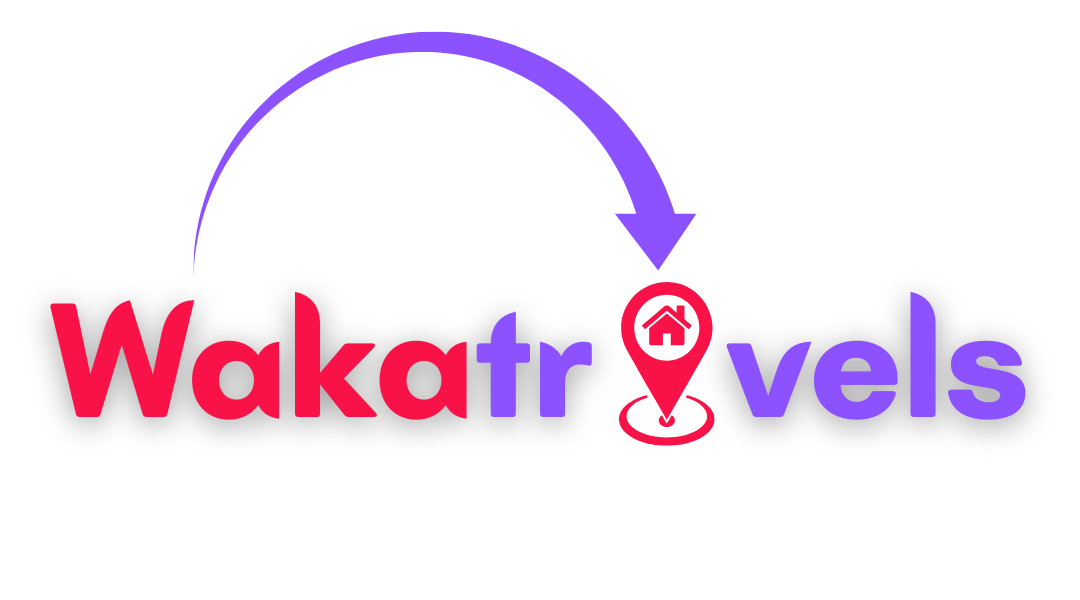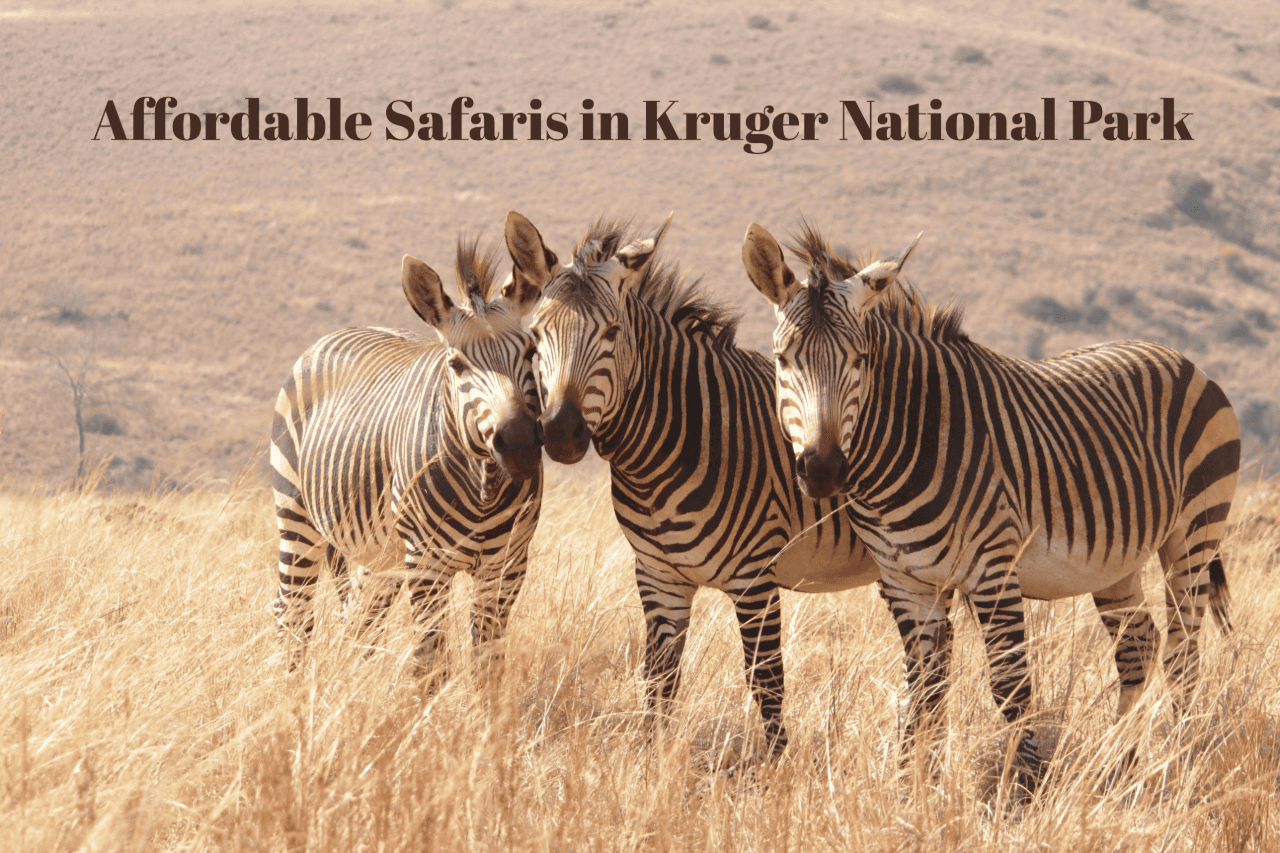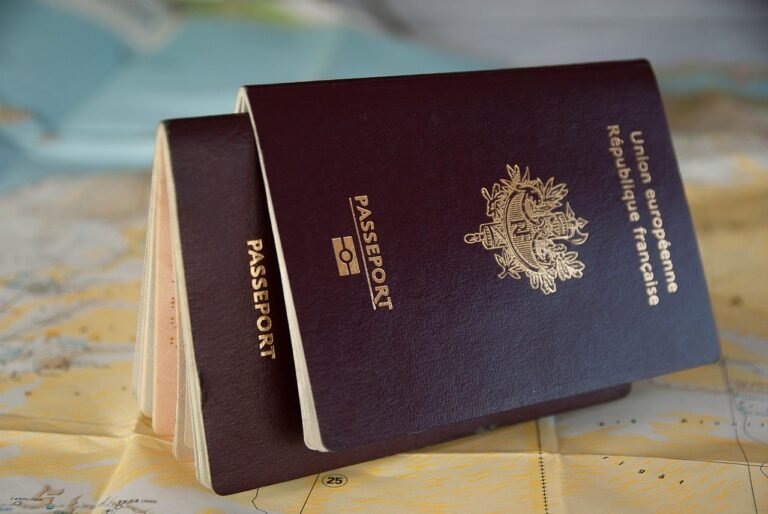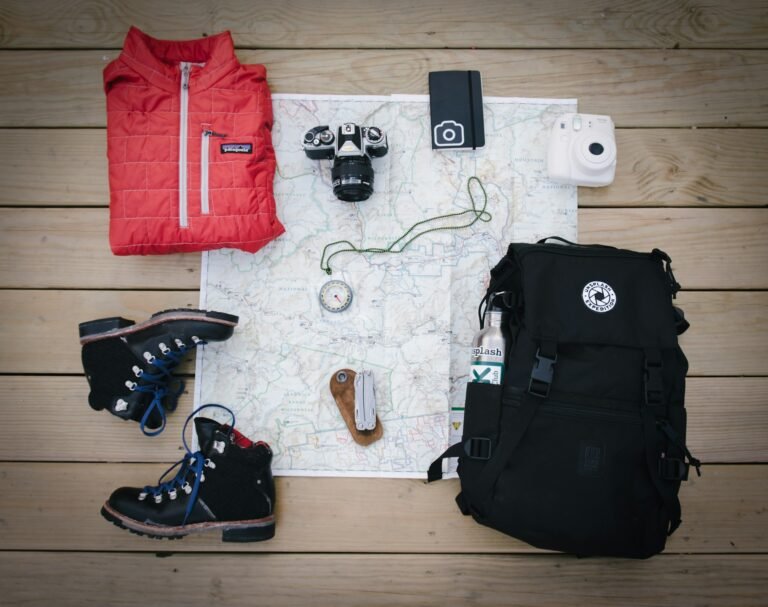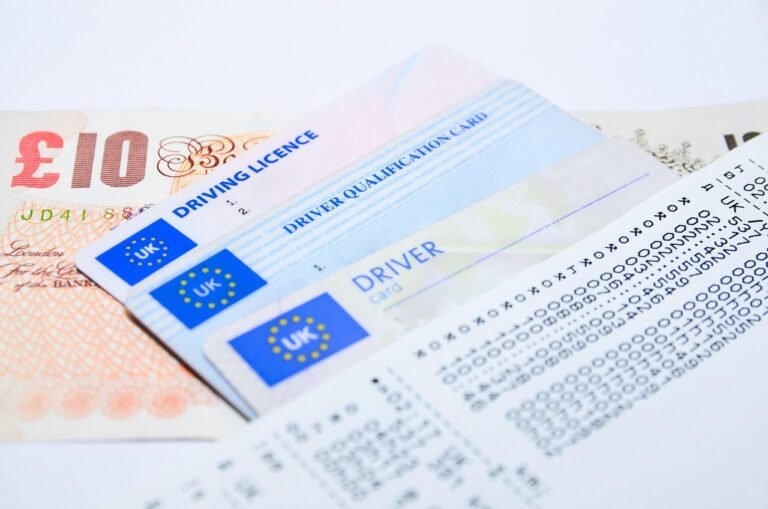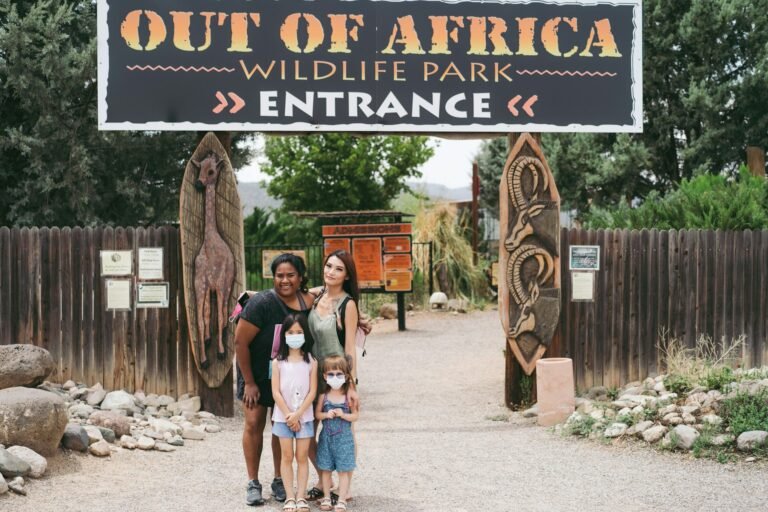
Introduction
The iconic silhouette of a giraffe against the setting African sun. The heart-stopping moment when a lion’s eyes meet yours across the savanna. The thundering sound of elephants moving through the bush. These magical experiences don’t have to come with a magical price tag.
I’ve been visiting Kruger National Park for over a decade, and I’m here to tell you that experiencing one of Africa’s greatest wildlife destinations doesn’t require emptying your savings account. With some savvy planning and insider knowledge, you can have an unforgettable safari adventure without breaking the bank.
Ultimately, planning your trip to Kruger National Park involves balancing both wildlife experiences and budget considerations.
Visiting Kruger National Park offers a unique opportunity to encounter Africa’s wildlife in its natural habitat. Whether you’re a seasoned traveler or a first-time visitor, Kruger National Park has something for everyone to enjoy.
Many people dream of visiting Kruger National Park for its breathtaking landscapes and incredible wildlife. The park is renowned for its diverse ecosystems, making it a top destination for wildlife enthusiasts.
For those planning a visit, knowing the best times to explore Kruger National Park is essential for maximizing your experience.
In this guide, I’ll show you exactly how to experience the wonder of Kruger National Park on a budget – from affordable accommodation options to money-saving tips that don’t compromise on wildlife viewing. So pack your binoculars and let’s explore how to make your dream African safari a reality without the premium price tag!
When to Visit Kruger on a Budget
Timing is everything when planning a budget-friendly trip to Kruger. The park experiences distinct seasons that affect both wildlife viewing and pricing.
The Cheapest Time to Visit Kruger National Park
If you’re looking to maximize your savings, consider visiting during the low season (November to February). While this coincides with the rainy summer months, it offers several advantages for budget travelers:
- Accommodation rates drop significantly
- Fewer crowds mean more intimate wildlife encounters
- Lush, green landscapes make for stunning photography
- Many baby animals are born during this period
- Spectacular bird watching as migratory species arrive
Pro tip: May and September represent excellent “shoulder season” months, combining good weather, moderate prices, and excellent wildlife viewing opportunities.
High Season vs. Low Season: The Cost Difference
| Season | Accommodation Prices | Crowd Levels | Wildlife Viewing |
| High Season (June-August) | 30-50% higher | Very crowded | Excellent (dry, animals congregate at water) |
| Shoulder Season (April-May, Sept-Oct) | Moderate | Moderate | Very good |
| Low Season (Nov-Feb) | Lowest rates | Quieter | Good (lush vegetation can obscure views) |
While the dry winter months (May to September) offer optimal wildlife viewing as animals congregate around water sources, this is also when prices peak. I’ve found that traveling just before or after this period can strike the perfect balance between cost and experience.
Many visitors to Kruger National Park choose to stay within the park to immerse themselves in the wildlife experience fully.
Budget-Friendly Accommodation Options
Visiting Kruger National Park requires some strategy to make the most of your budget while enjoying the breathtaking scenery.
Visitors often find that staying at Kruger National Park rest camps offers a unique way to experience the park’s beauty and wildlife.
Where you stay will significantly impact your overall budget. Fortunately, Kruger offers accommodations for every price point.
Rest Camps: The Budget Traveler’s Best Friend
Kruger’s official rest camps offer the most economical option for staying inside the park. Run by SANParks (South African National Parks), these camps provide:
- Camping sites (from R390/night for up to 6 people)
- Basic huts with shared facilities (from R755/night)
- Bungalows with kitchenettes (from R1,395/night)
- Central locations for wildlife viewing
Skukuza, the largest rest camp, offers excellent amenities including restaurants, shops, and even a golf course. For a more intimate experience, I personally love Satara Rest Camp, known for its big cat sightings and central location.
Self-Catering: Cook Your Way to Savings
All SANParks rest camps provide self-catering facilities, allowing you to prepare your own meals rather than dining out. Most bungalows and cottages include:
- Fully equipped kitchenettes
- Refrigerators
- BBQ facilities (called “braai” in South Africa)
When I visit, I typically bring a cooler with essential items and then stock up at the larger towns like Hazyview or Phalaborwa before entering the park. The camp shops stock basics but at higher prices.
Many families with children find that Kruger National Park provides an excellent opportunity for educational experiences.
Accommodation Outside the Park
Staying just outside Kruger’s gates can offer excellent value:
- Hazyview provides access to the southern gates (Phabeni, Numbi, Paul Kruger)
- Marloth Park offers affordable lodges near Crocodile Bridge gate
- Hoedspruit serves as a gateway to central Kruger
- Budget-friendly B&Bs and backpackers around R300-800 per night
I’ve stayed at several places in Marloth Park where you can watch wildlife in your backyard while saving significantly on accommodation costs.
Getting Around on a Budget
Transportation costs can add up quickly, but with some planning, you can explore Kruger affordably.
Self-Drive Safaris: The Ultimate Money-Saver
Renting a vehicle and exploring at your own pace is both economical and rewarding:
With its vast landscapes, Kruger National Park offers a diverse array of locations to explore and enjoy.
- Standard sedans are perfectly adequate for Kruger’s well-maintained main roads
- A small SUV offers better visibility but isn’t essential
- Daily car rental rates start from around R350-R500
- Share costs with travel companions
Many travelers find that group safaris in Kruger National Park provide a more affordable way to experience the park’s wildlife.
I’ve toured Kruger countless times in a standard compact car with no issues. The key is to drive slowly (maximum 50 km/h on tar roads, 40 km/h on gravel) and be constantly observant.
Budget-Friendly Transportation to Kruger
Getting to the park can be done economically:
- Flights to Kruger Mpumalanga International Airport (KMIA) or Hoedspruit Airport can be found for around R1,500-2,500 return if booked well in advance
- Shuttle services operate from major cities
- The Ashtons Kruger Shuttle offers direct transfers from Johannesburg to various Kruger gates
Sharing Game Drives
Utilizing local guides during your visit to Kruger National Park can enhance your understanding of the park’s ecosystems and wildlife.
If you don’t want to self-drive, consider:
Taking a self-drive through Kruger National Park allows visitors to explore the park at their own pace while observing wildlife in their natural environment.
- Joining group safaris rather than private tours
- Morning drives (typically R400-600 per person) are more affordable than full-day excursions
- Sunset drives offer excellent value and prime wildlife viewing
Money-Saving Tips for Wildlife Viewing
The primary reason for visiting Kruger is to see wildlife, and this doesn’t have to be expensive.
Park Entrance Fees: Getting the Best Value
South African National Parks offers various options for entry:
- Daily conservation fees: R440 per adult for international visitors
- Wild Card membership: Offers unlimited entry to all South African national parks for a year (from R3,280 for international visitors)
Do the math: If you’re staying for more than 7-8 days, the Wild Card becomes more economical than paying daily fees.
Self-Guided vs. Guided Safaris
While guided safaris offer expert knowledge and off-road privileges, self-guided exploration allows for:
- Total flexibility with your schedule
- More time to observe fascinating behaviors at your own pace
- Significant cost savings (guided drives range from R400-1,500 per person)
I enjoy the independence of self-driving, armed with a good guidebook and the free Kruger Park map available at gates. That said, I usually splurge on at least one guided night drive to spot nocturnal creatures.
Many travelers who visit Kruger National Park appreciate the opportunity to observe wildlife in a more natural setting.
Best Budget-Friendly Game Viewing Routes
Some routes consistently deliver excellent wildlife sightings without requiring extensive driving:
- S100 near Satara (famous for lions and leopards)
- H4-1 between Skukuza and Lower Sabie (great for big cats and elephants)
- H1-4 from Tshokwane to Satara (excellent for general game viewing)
- S114 Crocodile River Road (follows the park boundary with frequent predator sightings)
Taking part in activities outside of traditional game drives can enhance your visit to Kruger National Park.
![Map showing suggested budget-friendly game viewing routes]
Affordable Activities in Kruger National Park
There’s more to Kruger than game drives, and many activities won’t break the bank.
Free and Low-Cost Experiences
- Bird watching (Kruger hosts over 500 species)
- Wildlife photography (no extra fees)
- Sunset viewing at designated points
- Self-guided walks within rest camps
- Wildlife documentaries and presentations at major camps
Each visit to Kruger National Park is an opportunity to connect with nature and witness its incredible wildlife.
Budget-Friendly Guided Activities
For those wanting guided experiences without premium prices:
- Morning walks (approximately R800-1,000 per person)
- Sunset drives (R400-600 per person)
- Bush braais (barbecues) combined with night drives
- Cultural tours to neighboring communities
Eating on a Budget in Kruger
Food costs can quickly escalate on vacation, but Kruger offers ways to keep meal expenses reasonable.
Self-Catering Strategies
I always bring along:
- A small portable gas stove for morning coffee and simple meals
- Non-perishable items like pasta, rice, canned goods
- A cooler box for fresh items
All main rest camps have stores selling basic groceries, though at slightly higher prices than outside the park.
Budget-Friendly Restaurants Near Kruger
When you want a break from self-catering:
- Rest camp restaurants offer reasonably priced South African favorites
- Tshokwane and Afsaal picnic sites serve simple, affordable meals
- Skukuza’s Cattle Baron offers good value for a proper restaurant experience
- “Mugg & Bean” outlets in some camps provide decent coffee and light meals
Picnicking in Paradise
Kruger’s designated picnic areas provide:
- Free-to-use gas braais (barbecues)
- Beautiful surroundings
- Washing-up facilities
- Sometimes unexpected wildlife visitors!
My favorite is Nkuhlu Picnic Site along the Sabie River, where you can enjoy lunch while watching elephants drink and hippos lounge.
Planning Your Budget Kruger Itinerary
Let me walk you through a sample 5-day budget itinerary that maximizes wildlife viewing while minimizing costs.
Day 1: Arrival and Southern Kruger
- Enter through Numbi or Paul Kruger Gate (closest to Hazyview)
- Drive to Skukuza Rest Camp via the H1-1 road
- Afternoon self-drive along the H4-1 toward Lower Sabie
- Overnight: Camping or Safari Tent at Skukuza (from R390/R755)
Day 2: Central Kruger
- Early morning self-drive along the H1-2
- Lunch at Tshokwane Picnic Site
- Afternoon game viewing on S100
- Overnight: Bungalow at Satara Rest Camp (from R1,395)
Day 3: Northern Circuit
Joining a community tour can provide visitors with a unique perspective on the culture surrounding Kruger National Park.
- Full day exploring the Olifants/Letaba region
- Picnic lunch at Olifants Rest Camp viewpoint
- Sunset drive from Letaba (R400 per person)
- Overnight: Letaba Rest Camp
Day 4: Eastern Boundary
- Morning walk from Olifants (splurge activity: R800 per person)
- Drive H8 toward Lower Sabie
- Afternoon along the S28 dirt road
- Overnight: Lower Sabie Rest Camp
Day 5: Departure Day
- Early morning game drive along the H10
- Exit through Crocodile Bridge Gate
- Visit nearby Marloth Park for last wildlife viewing
Total estimated cost for 5 days (per person):
- Accommodation: ~R3,500 (sharing)
- Park fees: R2,200 (or Wild Card if staying longer)
- Car rental: ~R2,500 (shared between travelers)
- Food: ~R1,500 (self-catering with occasional eating out)
- Activities: ~R1,200 (one walk, one sunset drive)
- Fuel: ~R1,500 (depending on routes)
Grand total: R12,400 ($700 USD) for 5 days
Family-Friendly Budget Safaris in Kruger
Traveling with children doesn’t have to multiply your costs exponentially.
Kid-Friendly and Wallet-Friendly Tips
- Children under 12 pay reduced conservation fees
- Many camps offer family cottages with multiple bedrooms
- Junior Ranger programs keep kids engaged at minimal cost
- Self-catering saves significantly on family meal expenses
Berg-en-Dal and Lower Sabie rest camps are particularly family-friendly with their layout and amenities.
Essential Budget Travel Tips
Money-Saving Packing List
Bring these items to avoid expensive purchases in the park:
- Reusable water bottle (tap water in camps is potable)
- Binoculars (essential for spotting distant wildlife)
- Power bank (electricity can be inconsistent)
- Snacks and non-perishable foods
- Basic medical supplies
- Flashlight/headlamp for navigating camps at night
Booking Strategy for Budget Travelers
- Book SANParks accommodation 11 months in advance for peak periods
- Look for last-minute cancellations on the SANParks website
- Consider visiting mid-week when occupancy is lower
- Follow SANParks on social media for special offers
Saving on Park Fees
Besides the Wild Card option mentioned earlier:
- South African residents get significantly discounted rates
- Staying outside the park and entering for day visits can be economical for shorter trips
- Some tour operators include park fees in their packages
Beyond the Park: Budget-Friendly Side Trips
The areas surrounding Kruger offer excellent budget experiences to complement your safari.
The Panorama Route
Just a short drive from Kruger’s western boundary:
- God’s Window viewpoint (small entrance fee)
- Blyde River Canyon (Africa’s second largest canyon)
- The Three Rondavels
- Bourke’s Luck Potholes
I recommend allocating one day for this scenic drive either before or after your Kruger visit.
Cultural Experiences
- Shangana Cultural Village near Hazyview offers affordable tours
- Local craft markets provide unique souvenirs at negotiable prices
- Community tourism initiatives like Nyani Cultural Village offer authentic experiences
Free Natural Attractions
- Hiking trails around Hazyview and Sabie
- Swimming holes along the Sabie River
- Bird watching around Marloth Park
Frequently Asked Questions
How much does it cost to visit Kruger National Park on a budget?
A budget-conscious traveler can explore Kruger from approximately R2,000-3,000 ($120-180) per day, including accommodation, park fees, food, and transportation. Self-catering, camping, and sharing vehicles significantly reduce costs.
When is the cheapest time to visit Kruger Park?
November through February (summer rainy season) offers the lowest accommodation rates and fewer visitors. May and September (shoulder season) provide a good balance of reasonable prices and excellent wildlife viewing.
Is it better to stay inside or outside Kruger Park when on a budget?
Both options have merit:
- Inside: Immersive experience, earlier access to roads, night sounds of the bush
- Outside: Generally cheaper accommodations, more dining options, flexibility
For first-time visitors, I recommend splurging on at least 2-3 nights inside the park for the full experience.
Do I need a 4×4 vehicle to explore Kruger Park?
No, Kruger’s main roads are well-maintained and accessible with standard vehicles. A higher clearance vehicle provides better visibility but isn’t necessary for a successful safari.
How many days do I need to properly experience Kruger on a budget?
A minimum of 3-4 days allows you to explore one region thoroughly. A budget-friendly 7-day itinerary would provide a comprehensive experience covering southern, central, and northern regions.
Can I see the Big Five on a self-drive safari?
Absolutely! Self-drivers regularly spot all members of the Big Five (lion, leopard, elephant, rhino, and buffalo). The key is patience, early mornings, and knowledge of animal behavior.
What’s the cheapest accommodation in Kruger Park?
Camping is the most economical option, starting from R390 per site (up to six people). Safari tents and basic huts with shared facilities are the next budget-friendly options.
Are there affordable food options inside Kruger Park?
Yes, all main rest camps have shops for self-catering supplies, and restaurants offering reasonably priced meals. Picnic sites provide free-to-use BBQ facilities for an authentic South African “braai” experience.
How can I save on Kruger Park entrance fees?
The Wild Card membership offers unlimited access to all South African national parks for a year. It’s cost-effective for visits longer than 7-8 days for international visitors.
What budget-friendly activities are available besides game drives?
Affordable activities include guided morning walks, sunset drives, bird watching, photography, and attending free wildlife presentations at major camps.
Conclusion: Your Budget-Friendly Kruger Adventure Awaits
Exploring Kruger National Park without breaking the bank isn’t just possible—it’s often more rewarding. There’s something special about finding your own wildlife sightings, preparing a simple meal while listening to distant lion roars, and connecting with nature without luxury frills as a barrier.
By choosing the right season, booking accommodation strategically, self-catering, and focusing on the incredible free experience of simply being in the African bush, you can have an unforgettable safari adventure that’s gentle on your wallet.
I hope this guide has shown that with some planning and insider knowledge, the magic of Kruger is accessible regardless of budget constraints. The memories you’ll create—from that first glimpse of a leopard lounging in a marula tree to the spectacular African sunset painting the savanna in gold—are priceless.
What are you waiting for? Start planning your budget-friendly Kruger adventure today!
Ready to book your budget Kruger adventure? Visit the official SANParks website to check availability and secure your spot in this incredible wildlife destination.
Have you visited Kruger on a budget? Share your tips and experiences in the comments below!
Many visitors to Kruger National Park take advantage of the educational programs offered at various camps.
Budget-conscious travelers can benefit from exploring the many options available at Kruger National Park.
As you plan your trip to Kruger National Park, consider how the different seasons affect wildlife visibility and pricing.
Creating a flexible itinerary for your time in Kruger National Park can enhance your chances of spotting the Big Five.
Planning your meals ahead of time can help you save money while visiting Kruger National Park.
By planning carefully, you can ensure that your visit to Kruger National Park is both enjoyable and cost-effective.
Taking a moment to appreciate the beauty of Kruger National Park’s landscapes can add to your overall experience.
Make sure to consider your options for transportation and accommodation when planning your Kruger National Park adventure.
Families planning a trip to Kruger National Park will find numerous activities tailored to engage children.
Participating in group activities can often lead to better wildlife viewing experiences in Kruger National Park.
